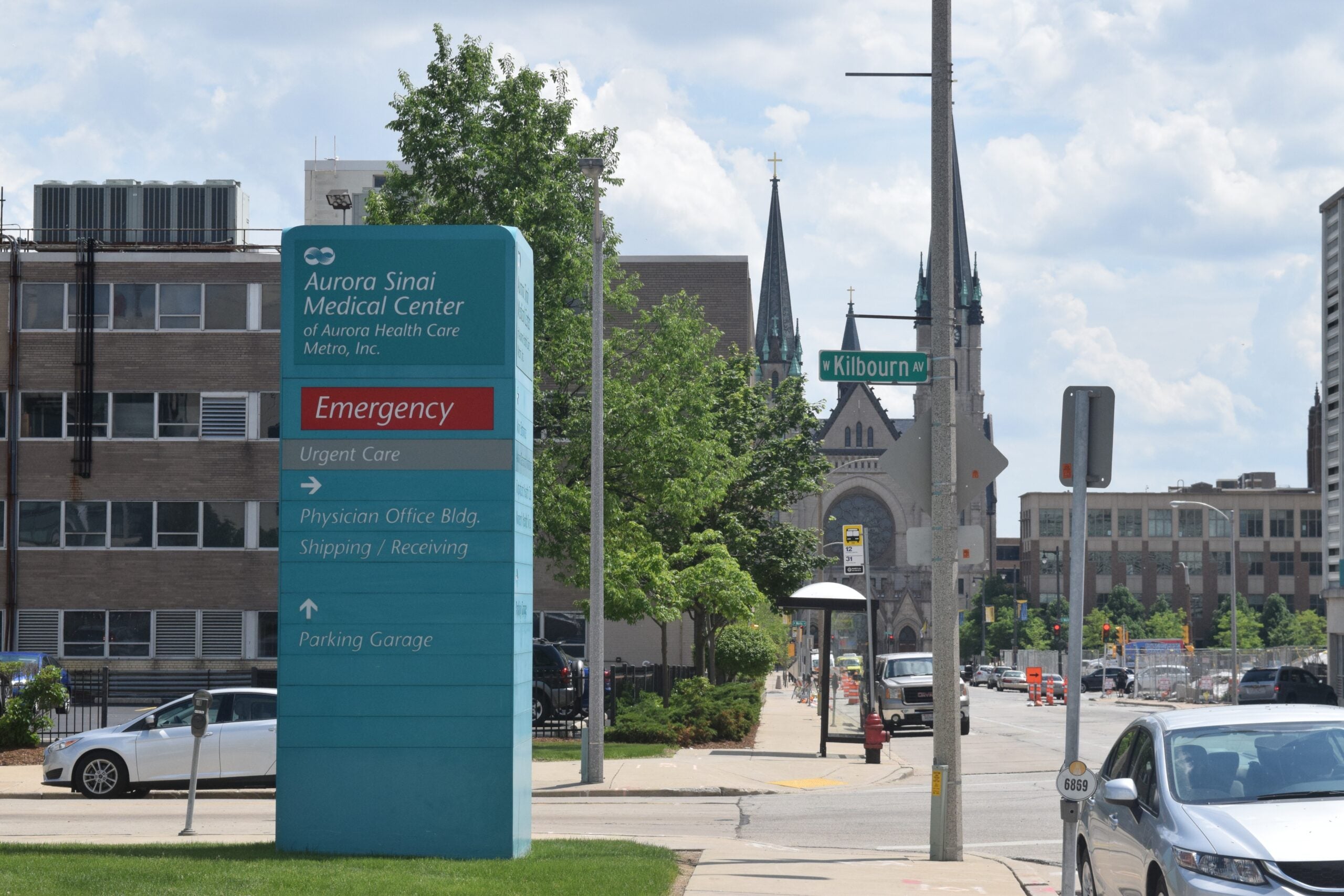When you or a loved one is faced with a serious illness, there are a variety of health care options to choose from to maintain quality of life.
And without predicting what will end our lives, we can take steps to ensure that whatever ails us can be treated with some forethought.
Hospice care is one type of treatment plan often recommend by doctors for patients who they expect will pass away within six months.
Stay informed on the latest news
Sign up for WPR’s email newsletter.
Dr. Toby Campbell is an advocate for another resource called palliative care, which comprises a team of caregivers tasked with completing the wishes of patients with a serious illness.
Campbell, UW Health chief of palliative care, said palliative care specialists aren’t meant to supplant the medical team but rather are there to provide extra support.
“We try to ask the question, ‘What should we be doing?’” he said. “And that means we’re customizing the health care system to fit that individual person. The best for each person is really, I think, the role of palliative care.”
Palliative care is for anyone with a serious illness, such as cancer, dementia, Parkinson’s disease and heart failure, to name a few. The goal of the team working for the patient is to reduce discomfort and pain as much as possible.
According to the Center to Advance Palliative Care, hospitals with 50 or more beds saw an increase in palliative care across the country from 658 in 2000 to 1,831 in 2016.
The demand for palliative care is growing, but necessary resources may have a challenge catching up. A 2018 article published in the Journal of Pain and Symptom Management predicts by 2040, the need for hospice and palliative care specialist physicians will range from 10,640 to almost 24,000. There are currently about 8,100 to 19,000 palliative care specialist physicians, according to the article.
Most health insurances cover palliative care, but the amount of coverage varies. Hospice care is usually covered by private insurance and by Medicare and Medicaid, according to UW Health.
Palliative services are mostly offered in hospitals, but Campbell said there’s a movement to meet patients outside the hospital, which would allow specialists access to patients earlier on in the disease’s course.
One of the major differences between palliative and hospice care is actual treatment of the illness. Palliative care allows patients to undergo treatments whereas hospice care does not, according to the National Hospice and Palliative Care Organization.
Campbell said palliative care specialists have had to get creative now that visitors have been banned from most hospitals and nursing homes to prevent the spread of COVID-19.
“We don’t want families to be cut off, so we’re trying to figure out how can we effectively communicate with families in a regular way so that everyone is informed and connected as best we can,” he said. That includes things like using telehealth to communicate with patients and have families communicate with them.
Campbell said once he’s established rapport with the patient, he likes to have them think about two questions: “When you think about the future, what do you find yourself hoping for?” and “When you think about the future, what do you find yourself worrying about?”
Anyone interested in learning more about palliative care should talk with their primary care physician who can point them to local specialists.
Wisconsin Public Radio, © Copyright 2025, Board of Regents of the University of Wisconsin System and Wisconsin Educational Communications Board.





